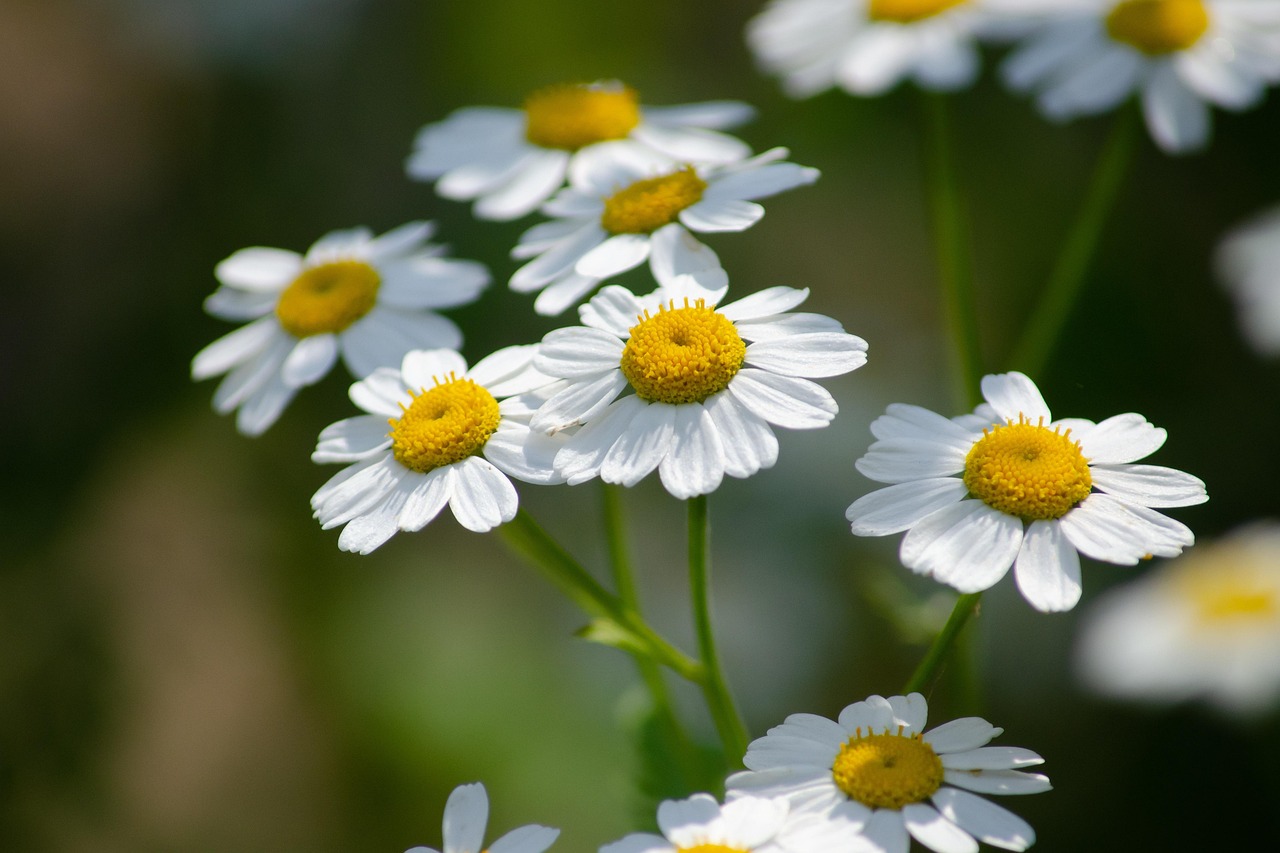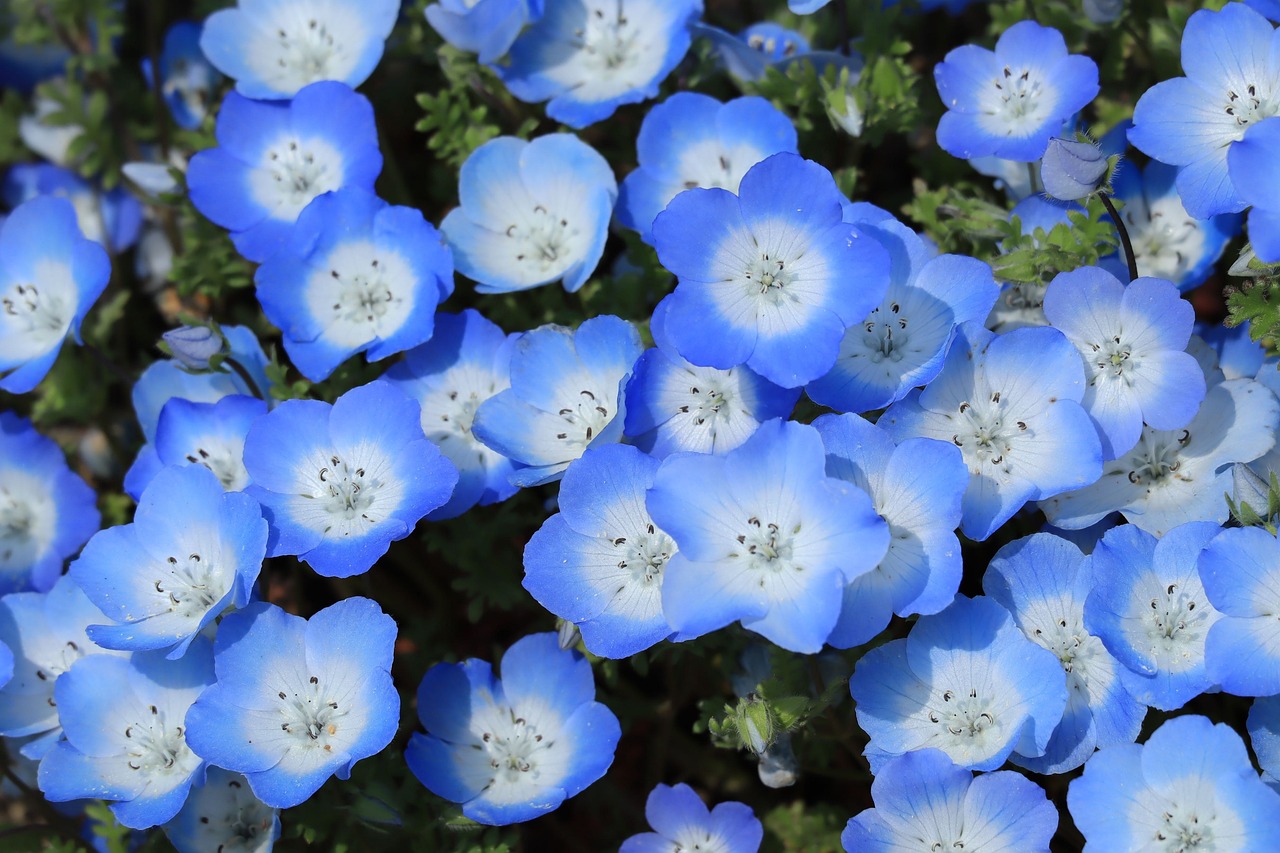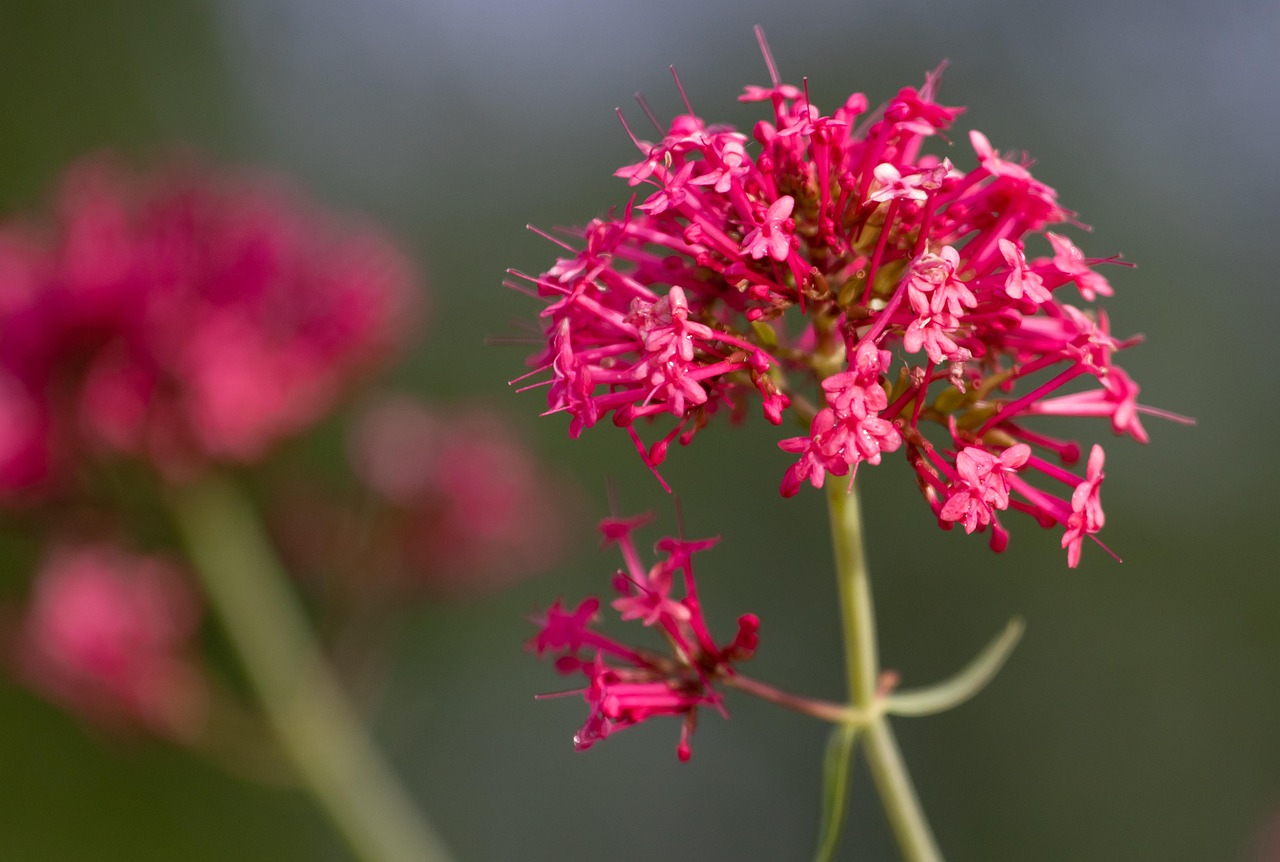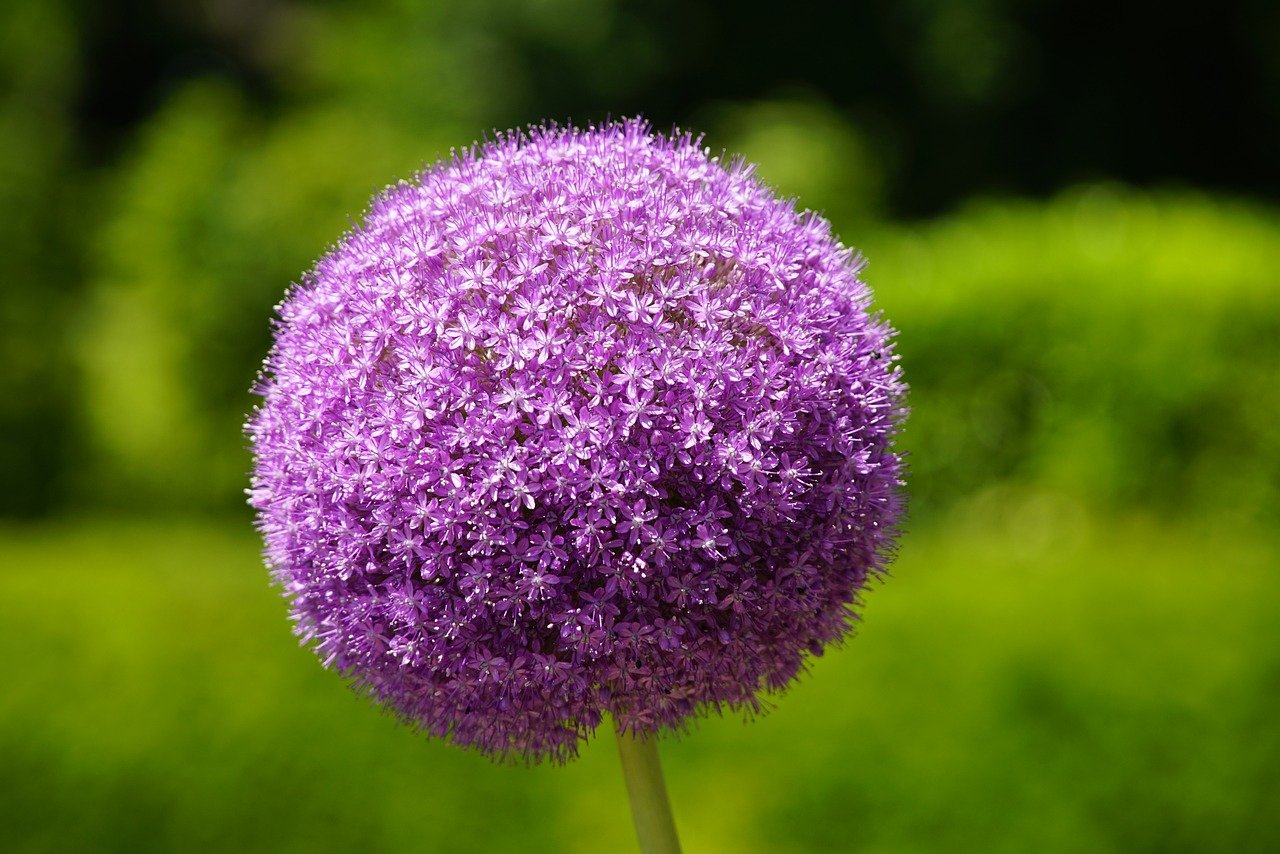Wild Strawberry | A Gift of the Earth Breathing in the Forests of Medieval Europe
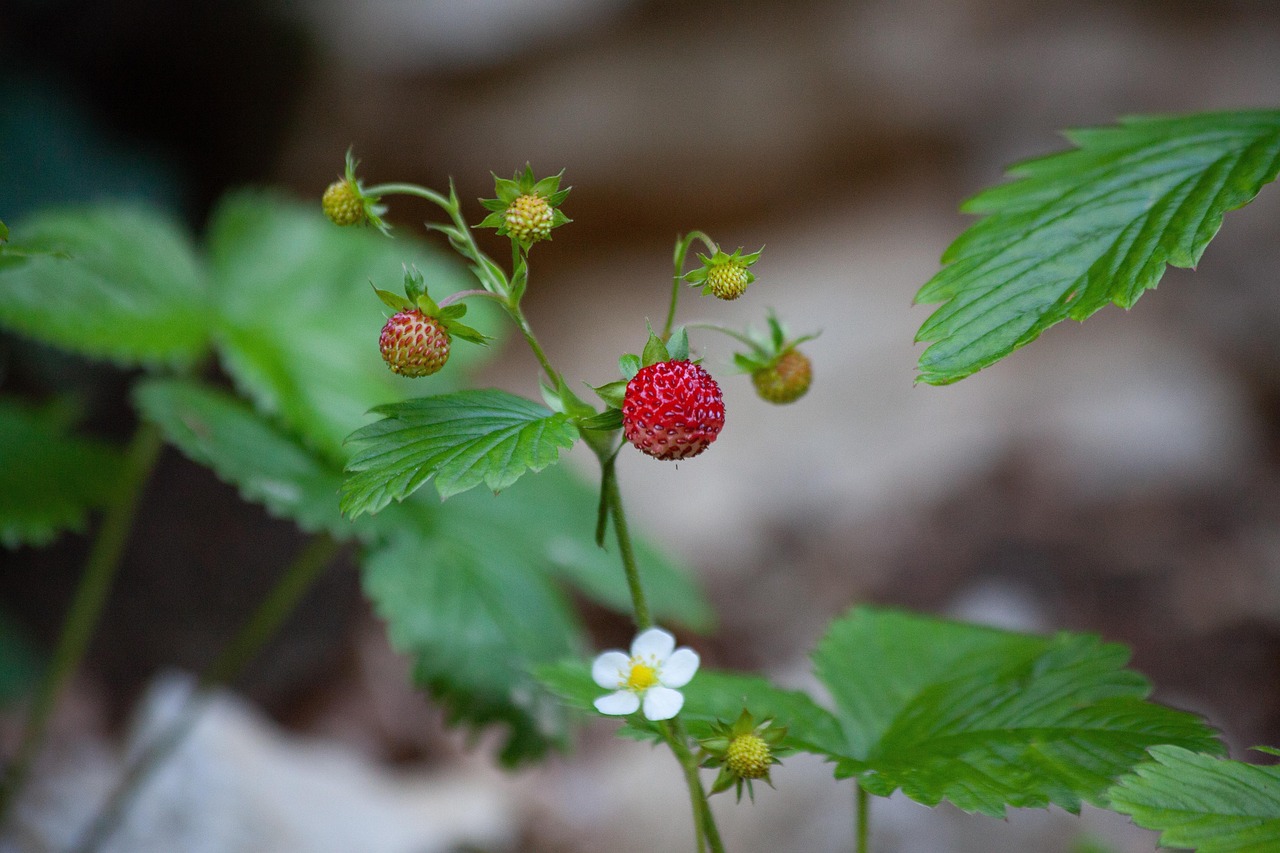
The wild strawberry is a perennial plant distinguished by its small white flowers and sweet red fruits.
I introduce this plant, which grows naturally across wide regions including Europe, and is also appreciated for gardening and ornamental purposes. Because of its delicate blossoms and fragrant fruits, it has long been cultivated in gardens and pots.
In this article, I explain in detail the basic information, cultural and historical background, and cultivation methods of the wild strawberry.
Basic Information
- Scientific name: Fragaria vesca
- Family: Rosaceae
- Origin: Europe, Asia, North America
- Appearance: It spreads close to the ground and blooms white five-petaled flowers from spring to early summer, followed by fragrant red fruits. The leaves are serrated and grow in clusters of three.
- Flowering period: April–June
- Fruiting period: Early summer–autumn
Cultural Features Around the World
The wild strawberry has long been intertwined with cultures across the world.
In Europe, it has been cherished since ancient times in gardens and fields, cultivated in households as a plant that offers sweet fruits. Its free growth in nature has made it a symbol of abundance and the blessings of the earth.
Among Native American peoples, the wild strawberry was considered a sacred plant, valued not only as food but also in rituals and traditions. Its red fruits symbolized vitality and prosperity, revered as a blessing of the earth.
In Japan, it was introduced in the Meiji period and cultivated as an ornamental plant. Today, it is popular for pots and gardens, often included in home gardens for its small fruits.
Historical Episodes
The wild strawberry was already known in ancient Rome, where it was prized as a gift of nature.
In medieval Europe, it was often cultivated in monastic gardens and cared for by monks, both as an ornamental plant and as part of botanical studies.
By the 18th century, selective breeding in France and England spread its popularity further. Until the emergence of the larger cultivated strawberry (Fragaria × ananassa), the wild strawberry was the most common strawberry in Europe.
In the 19th century, it was introduced into aristocratic gardens, appreciated not only as food but also for its ornamental value. Today, it is cherished worldwide in natural gardens and as a potted plant.
Gardening Advice
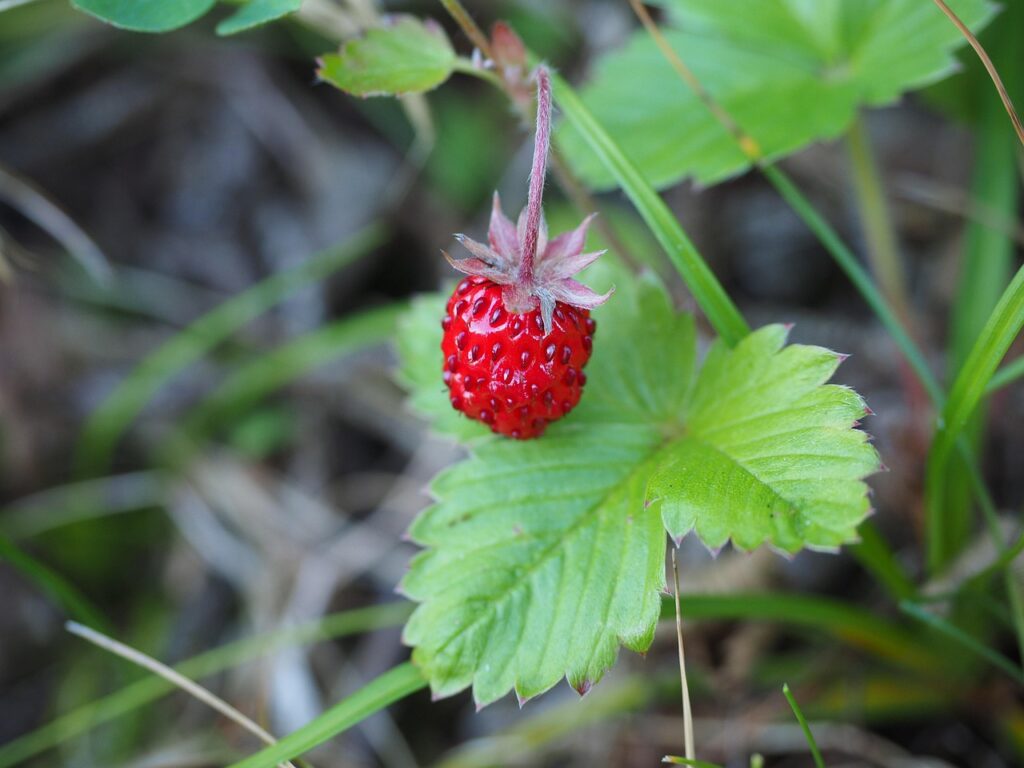
The wild strawberry is hardy and easy to care for, but there are key points to grow it beautifully:
Sunlight
Prefers sunny spots but also grows in partial shade. Avoid strong direct sunlight in summer to prevent leaf burn.
Watering
Keep the soil moderately moist, especially during flowering and fruiting. Avoid excessive dryness or waterlogging.
Soil
Well-drained soil rich in nutrients is ideal. Mixing compost or leaf mold into commercial potting soil promotes healthy growth.
Fertilization
Apply slow-release fertilizer in spring and autumn. Avoid over-fertilization to prevent excessive leaf growth.
Pruning
Cut runners to control spread and maintain shape. Remove dead or unwanted leaves to prevent pests and diseases.
Cold Resistance
Generally hardy, but in very cold regions, mulching around the base helps overwintering.
Conclusion
The wild strawberry is a perennial plant with charming white flowers and sweetly scented fruits.
In Europe, it symbolizes abundance and the blessings of nature, while among Native Americans, it represented vitality and prosperity.
Known since ancient Rome and cultivated in medieval monasteries, it has a long history. After becoming widespread in 18th-century European gardens, it remains beloved worldwide as a garden and potted plant today. With proper sunlight and drainage, one can enjoy its lovely flowers and fruits for a long time.

